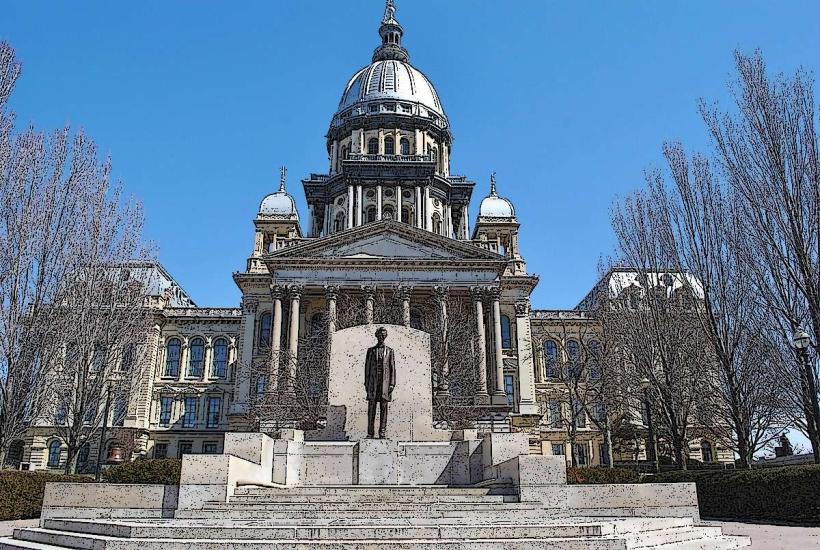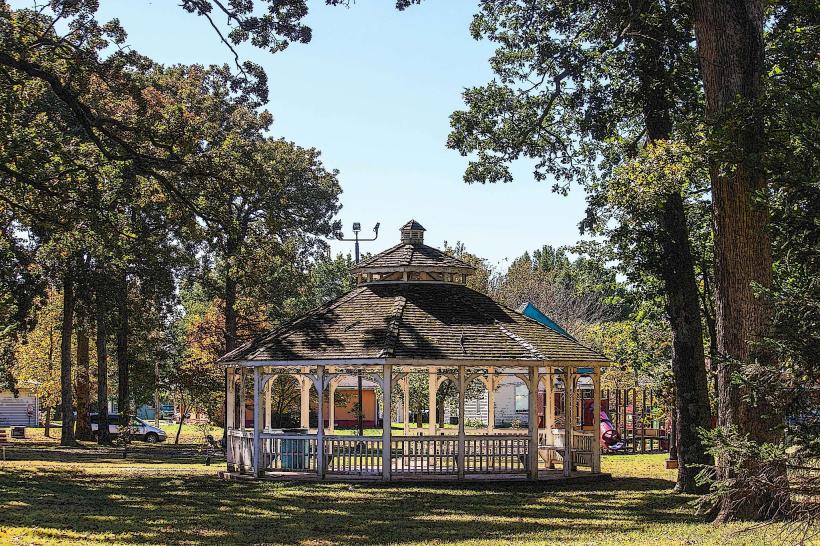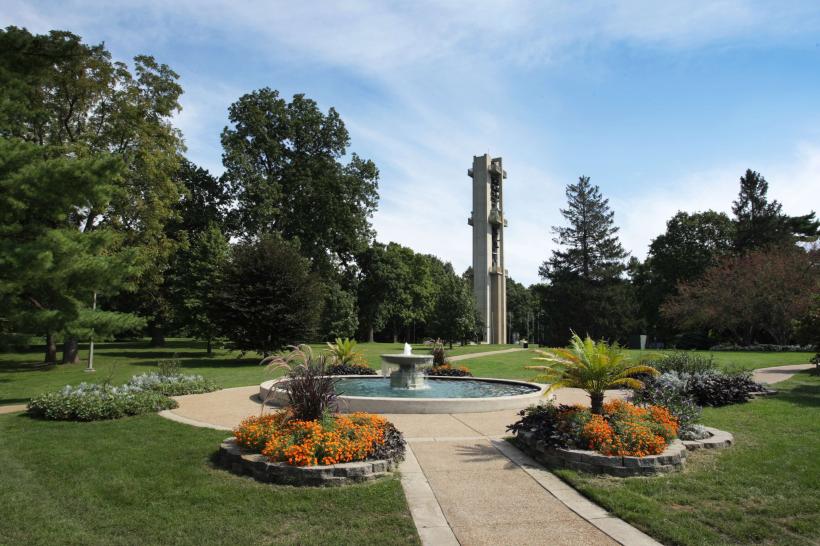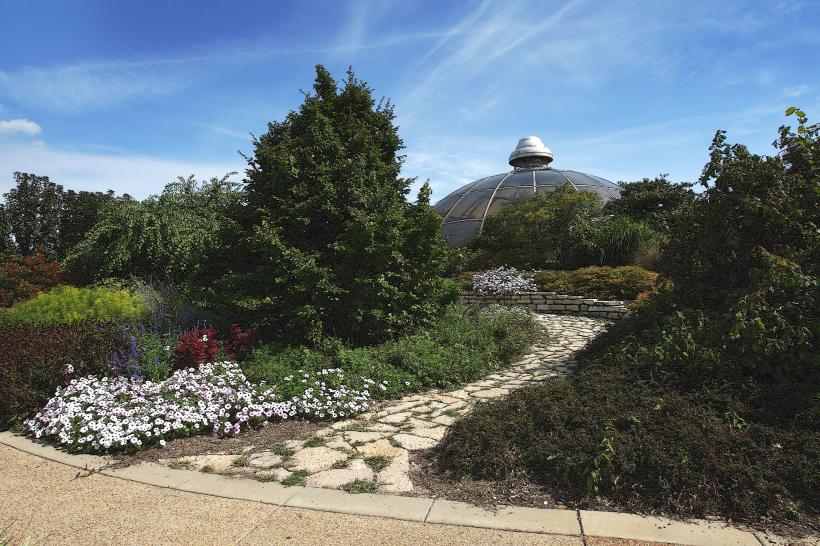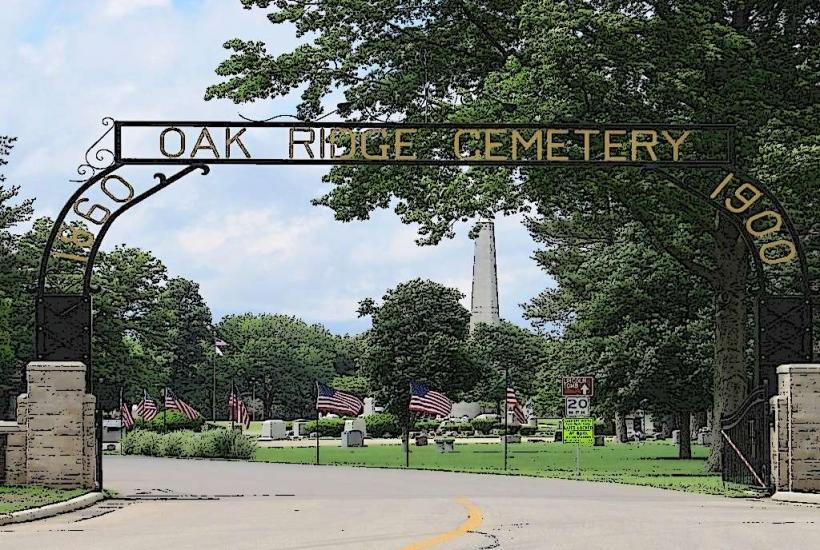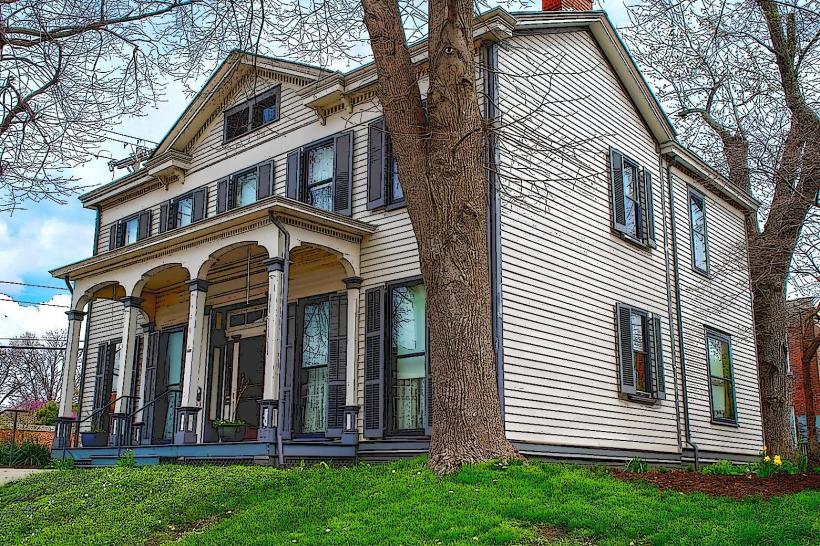Information
Landmark: Washington Park Iron SpringCity: Springfield
Country: USA Illinois
Continent: North America
Washington Park Iron Spring, Springfield, USA Illinois, North America
The Iron Spring in Washington Park, Springfield, Illinois, is a historic natural mineral spring with over a century of local significance. It combines natural beauty, historical importance, and cultural heritage, making it a quiet yet meaningful attraction within the park.
Detailed Overview of Iron Spring
1. Discovery and Early History
The Iron Spring was discovered around the time Washington Park was being developed in 1901.
Located at the base of a steep clay bluff, the spring naturally emits mineral-rich water through a sandstone cave.
Early on, the water was used by local farmers to water livestock, but soon its unique mineral content attracted more attention.
2. Mineral Composition and Health Beliefs
The water from the spring contains significant amounts of calcium carbonate, magnesium sulfate, and sodium sulfate.
Early 20th-century chemists, including Robert Stark from the University of Illinois, analyzed the water and confirmed its rich mineral content.
Locals believed the spring water had medicinal properties, thought to help with ailments like rheumatism, gout, indigestion, and other chronic conditions.
It became popular for visitors to drink from the spring directly or to take water home. The mineral water was even sold commercially in nearby hotels such as the Leland Hotel, touted for its health benefits.
3. Development and Use
To make the spring accessible, a three-inch pipe was installed to channel water into a controlled flow.
A rustic stone enclosure and wooden arbor were constructed around the spring, providing a sheltered, picturesque setting.
The spring was a social and health destination for many decades, part of the community’s appreciation for natural resources and outdoor recreation.
4. Decline and Closure
By the 1950s, pollution from urban development and changes in the environment contaminated the spring’s water.
Due to health concerns and unsafe water quality, the spring was closed to the public and fell into disuse.
Over time, the area around the spring became overgrown, and its historic significance faded from public memory.
5. Restoration and Revival
In 2010, community advocate Polly Roesch spearheaded efforts to restore the Iron Spring.
After cleanup and environmental testing confirmed the water was clean and safe again, the site was rededicated.
A commemorative plaque was installed featuring a poem by Otto Wenneborg, a local man who long championed the spring’s value.
The restoration included rebuilding the arbor and clearing the surrounding area to provide an inviting and tranquil space for visitors.
6. Current Site and Experience
Today, visitors to Washington Park can find the Iron Spring surrounded by a modest wooden pergola that shades the spring and invites quiet reflection.
The spring is a peaceful spot amid the park’s natural landscape, offering a glimpse into Springfield’s history and early 20th-century health culture.
The plaque and poem serve to educate visitors about the spring’s significance and the community’s efforts to preserve it.
The spring remains a symbol of natural heritage, environmental stewardship, and local pride.
7. Location and Access
The Iron Spring is located in the northern section of Washington Park, near the corner of Fayette Avenue and Williams Boulevard.
It is accessible via walking trails within the park, making it a nice stop during a stroll through the park’s scenic grounds.
Summary
The Iron Spring is more than just a mineral spring; it’s a historic landmark that reflects Springfield’s connection to natural healing traditions and community preservation. Its mineral-rich waters, historic use, and recent restoration make it a charming, educational, and tranquil site within Washington Park, appealing to visitors interested in history, nature, and local culture.

